Why the sports industry is rapidly adopting digital tools
Fans get game highlights on their phones 15 seconds after a touchdown, and coaches have game plans based on live performance metrics in real time - sounds like the stuff of science fiction, right? It isn't. The $500 billion sports industry is undergoing some form of digital transformation, and it's affecting the way teams play, fans interact and business is conducted. From analytics-driven strategies to fan engagement platforms, digital tools are becoming the MVPs of modern sports.
But why this sudden surge? And more importantly, what’s driving sports organizations to go all-in on digital? Let’s break it down.
Why the rush? The driving forces behind the digital transformation of sport
Sports have always been a numbers game—points scored, yards run, wins tallied. But the real revolution comes with the ability to interpret these numbers and act on them. Here’s why the industry is embracing digital tools:
- Sports Data Explosion: The amount of data being generated with this sports will surprise you. With wearables like that and player biometrics, social data stats on fan engagement, there is too much information to ignore.
- Fan Demands: Whereas fans of yesteryears watch game to watch, today literally demands interaction, gametime stats and interior tour.
- Economic Implications: Better bottom lines via either ads or efficiency with the digital tools provided.
- Competitive Edge: Teams using analytics for game strategy or injury prevention gain a critical advantage over the competition.
How digital tools are changing the game
In the US and abroad: The rise of sports analytics
Analytics is not a buzzword, it is how the sports industry makes choices these days. Despite the U.S. being far ahead in analytics at the high school and college levels, clubs overseas are rapidly catching up.
For instance:
- Youth Development in the U.S.: Tools like Hudl allow high school athletes to upload game footage and share stats with recruiters.
- European Soccer's Tech Arsenal: Clubs like Manchester City and Bayern Munich use advanced player tracking systems to analyze performance and prevent injuries.
Technologies Powering the Transformation
From AI to blockchain, here are the key tech players in sports:
- AI and Machine Learning: Used to predict player performance and fan behavior.
- Wearables: Devices like WHOOP and Catapult provide real-time health data for athletes.
- Blockchain: Platforms like Sorare enable fan participation through fantasy leagues based on NFTs.
- AR & VR: Bringing fans into the experience through more dynamic game day visuals.
In the era of data-driven sport, advanced technologies have transformed raw statistics into actionable insights that give teams and athletes a competitive edge. Analytics systems in developed countries are no longer just spreadsheets - they are dynamic tools for progress, combining the latest innovations:
- Computer Vision: Cameras track every movement on the pitch with incredible precision. From a striker's sprint to a defender's interception, every action is recorded without human bias.
- Predictive algorithms: Sophisticated models predict risks such as injuries or assess how effectively a team can execute certain tactics.
- Coaching recommendations: These systems offer insights such as "Your back-up defender has a better passing accuracy than your morning coffee."
The technology isn't just theoretical - it's practical. For example, platforms like BigBro.AI analyse games and produce detailed reports within two hours, highlighting key moments and providing actionable recommendations. This eliminates the need to painstakingly review entire games and ensures that coaches can focus on strategy rather than poring over footage.

The system provides post-match analysis and highlights. After the game, the coach has up to 4 hours to watch the entire match (90 minutes in football) and mark key moments for analysis with the players. The BigBro.AI does this automatically, giving the coach only the selected information.
Such tools demonstrate how analytics is moving beyond mere statistics to become a driver of efficiency and precision in modern sport.
What problems do analytical systems solve?
Imagine a young soccer player preparing for an important match. The coach, relying on his experience and intuition, decides the player should stay on the right wing because "he's always good there." But AI analysis reveals that over the past three months, the player has been more effective in a central position, creating more scoring opportunities and interacting better with teammates.
The coach ignores the data and keeps the player in his usual spot. The result? Missed chances and a lackluster performance. A week later, the team decides to follow the AI's advice, moves the player to the central role, and he becomes the key figure in the game—assisting twice and scoring a goal. The human factor worked against him, while analytics helped unlock his full potential.
This example directly illustrates how analytics can solve performance problems, while demonstrating the limitations of human intuition and reinforcing the value of data-driven decisions.
- Injury Prevention: Wearables track an athlete’s workload, helping coaches avoid overtraining.
- Talent Recruitment: Platforms like Hudl and Krossover help scouts analyze players beyond raw stats.
- Game Strategy: Predictive models allow coaches to adjust tactics mid-game.
- Fan Engagement: From mobile apps to social media analytics, these tools create deeper connections with fans.
Success stories: When analytics steals the spotlight
Sports analytics has already proven its worth on multiple occasions, fundamentally altering how teams approach the game. Here are some standout examples of its transformative impact:
- Moneyball: The Oakland Athletics show that analytics can win in the majors on a shoestring budget. The story of the Oakland A's is best known for general manager Billy Beane's use of sabermetrics - "the data" - to build a competitive team on a shoestring budget. Overcoming their financial hurdles, bankrolled by some overlooked statistics such as on-base percentage, the A's eventually won a record 20-game season in 2002; altering not only how MLB prospects evaluate talent but also motivating different leagues to adopt similar courses. Moneyball is now a commonplace term, epitomising that numbers can be more valuable than gut instinct.
- The NBA's three-point revolution: The Golden State Warriors (and other teams) used shot-effectiveness analysis to adjust the game.The modern game of basketball has been redefined by the analytics of a team like this, and analytics-driven statistics lead the NBA. However, the data proved that threes were more efficient than mid-range jumpers and teams like the Golden State Warriors and Houston Rockets embraced it. In recent seasons, teams have built their offenses around the ability to maximise these high-value shots, only to set scoring records and change the game. The Golden State Warriors of 2015-2019, who won three championships in those four seasons, are a testament to analytics-driven strategies in action. Moreover, this shift has (more) filtered down to college and (hell) high school basketball, where coaches now tell middle schoolers to shoot outside. Some of the siblings complain that this has made it predictable, but the payoff is more points and therefore more excitement.
- College sports boom: With tools like Hudl, even high school students are using analytics to make it big. At the grassroots level, platforms like Hudl have democratised analytics for high schools and colleges. Hudl allows players to upload game footage, analyse performance and share highlight reels with recruiters. This has transformed the college recruiting process and leveled the playing field for athletes from smaller programmes. For example, a high school football quarterback from a rural town can now compete for scholarships with players from major metropolitan areas simply by showcasing his stats and skills in a polished online portfolio. Hudl's success has also made it easier for coaches to identify hidden talent, further validating the role of analytics in shaping sports careers.
- Injury prevention in European football: European football teams such as Liverpool and Bayern Munich are using data analytics to prevent injuries and extend players' careers. By analysing metrics such as running distance, sprint frequency and heart rate variability, teams can identify when players are at risk of overexertion. Liverpool, for example, used analytics to optimise training loads during its Champions League winning season in 2019, ensuring players were fresh for key matches. This approach isn't limited to elite clubs - smaller teams are adopting similar methods to get the most out of their squads. As a result, analytics is becoming an important tool not only for winning matches, but also for maintaining the health and longevity of players.
These stories highlight the transformative power of analytics across various levels of sports, from professional leagues to grassroots development. They also demonstrate how data-driven decision-making is redefining not just how games are played but also how careers are built and preserved.
The barriers: Why some coaches avoid analytics
While sports analytics offers immense potential to improve performance and strategy, its adoption faces significant resistance in some quarters. Here's an in-depth look at why some coaches shy away from these tools (backed up by research and expert observation):
- Fear of Data Overload: Coaches often cite the overwhelming amount of data as a barrier. In high-pressure environments, sifting through millions of data points—like the six million data points analyzed in a single Six Nations rugby match—can feel more like a burden than a benefit. Instead of actionable insights, coaches risk being inundated with numbers that don't directly translate to clear strategies.
MDPI
Sport Performance Analysis - Resistance to Change: Many coaches are deeply rooted in traditional methods, relying on intuition and experience rather than data-driven approaches. This hesitation is often reinforced by success stories of legendary coaches who thrived without heavy analytics. This cultural inertia makes adopting new tools a challenge, particularly in sports like rugby or football, where tradition plays a central role.
- Mistrust of Technology: Some coaches and players view analytics as invasive and potentially manipulative. A study on rugby players highlighted concerns about metrics being used coercively, such as tracking weight management or creating arbitrary efficiency indexes. These systems sometimes led to a "Big Brother" feeling, causing players and coaches to question the fairness and transparency of the data.
Wharton Magazine
Sport Performance Analysis - Costs and Resources: Implementing analytics requires significant investment in technology, training, and personnel. Smaller schools, clubs, and amateur leagues often lack the budget to integrate these systems effectively. Even for professional teams, the return on investment isn’t always immediate, which can deter adoption. MDPI
- Intimidation Factor: A lack of understanding about how to interpret data effectively is another common barrier. Coaches without technical backgrounds might feel intimidated by the complex statistical models or artificial intelligence algorithms, which can alienate them from using these tools in decision-making. Oxford Academic
Sport Performance Analysis
Illustrative insights from research
A study highlighted in the Wharton Magazine emphasized that while advanced metrics like "expected goals" or "PDO" are useful, they’re only as good as their application. Misuse or overreliance on such stats without understanding the broader game dynamics can lead to poor decisions. Wharton Magazine
Another qualitative study on rugby players revealed that excessive monitoring led to fear of failure and strained relationships between players and coaches. Such consequences illustrate the potential downside of poorly integrated analytics. Sport Performance Analysis
To generalise:
- Data overload: Too much information can overwhelm decision making.
- Resistance to change: Traditionalists may prefer gut instinct to algorithms. - Cost: Implementing advanced analytics tools doesn't come cheap.
- Learning curve: Understanding and interpreting complex data takes training.
As an athlete-turned-manager, I've seen some old-school coaches dismiss analytics as "cold" or "aloof". But as younger, tech-savvy professionals enter the field, that attitude is changing.
The future of sports technology
The adoption of digital tools in sports isn’t a fad — it’s the future. Whether it’s improving player performance, engaging fans, or boosting revenues, the benefits are undeniable. Sure, not everyone’s on board yet, but as the industry evolves, the holdouts will find it harder to ignore the numbers.
If you’re curious about how analytics is reshaping sports culture, check out how experts at The Bright Byte are bringing cutting-edge tools to high schools and colleges. The U.S. sports scene might still have room for improvement, but with innovations like these, it’s clear that digital is the way forward.
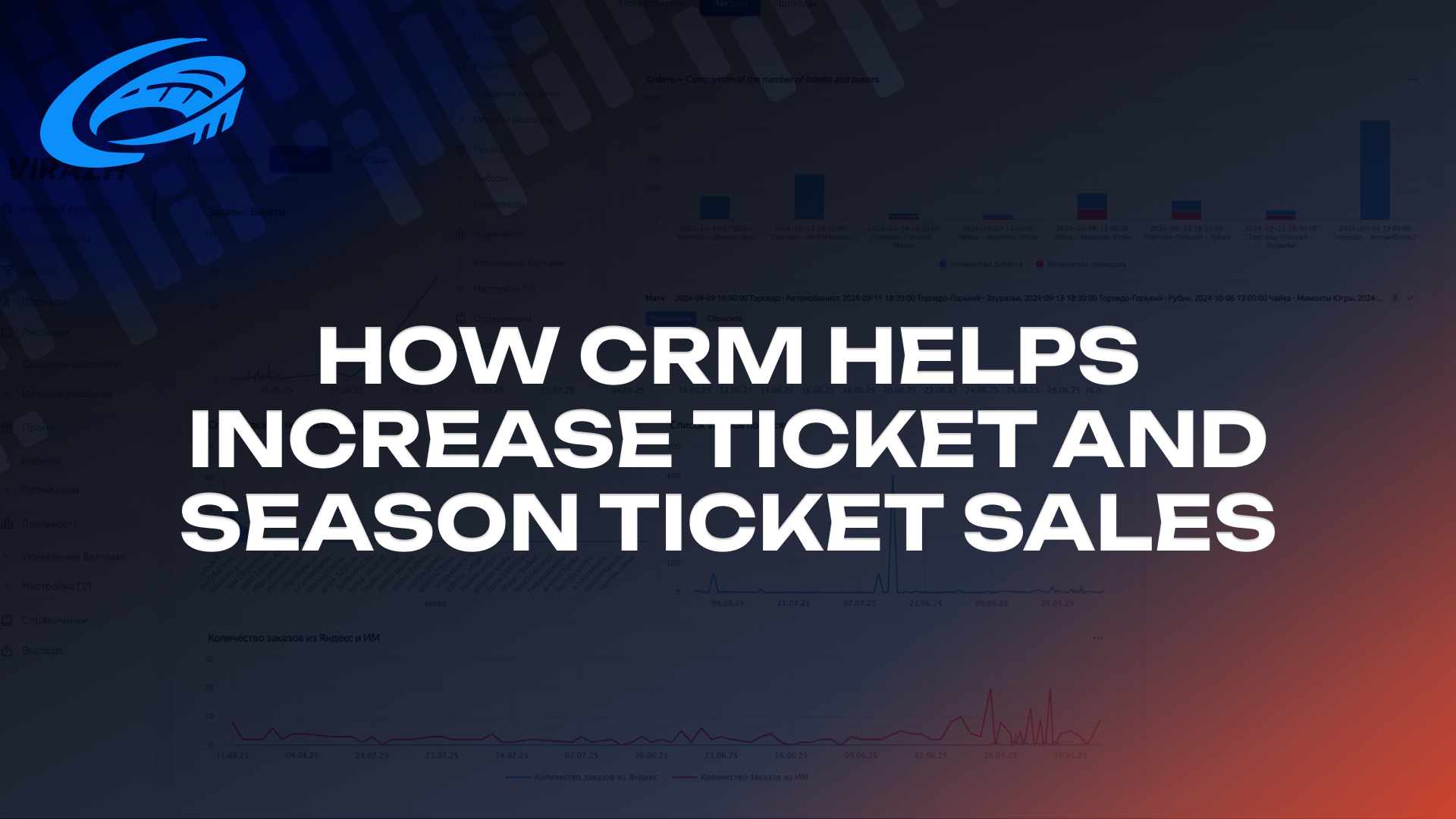
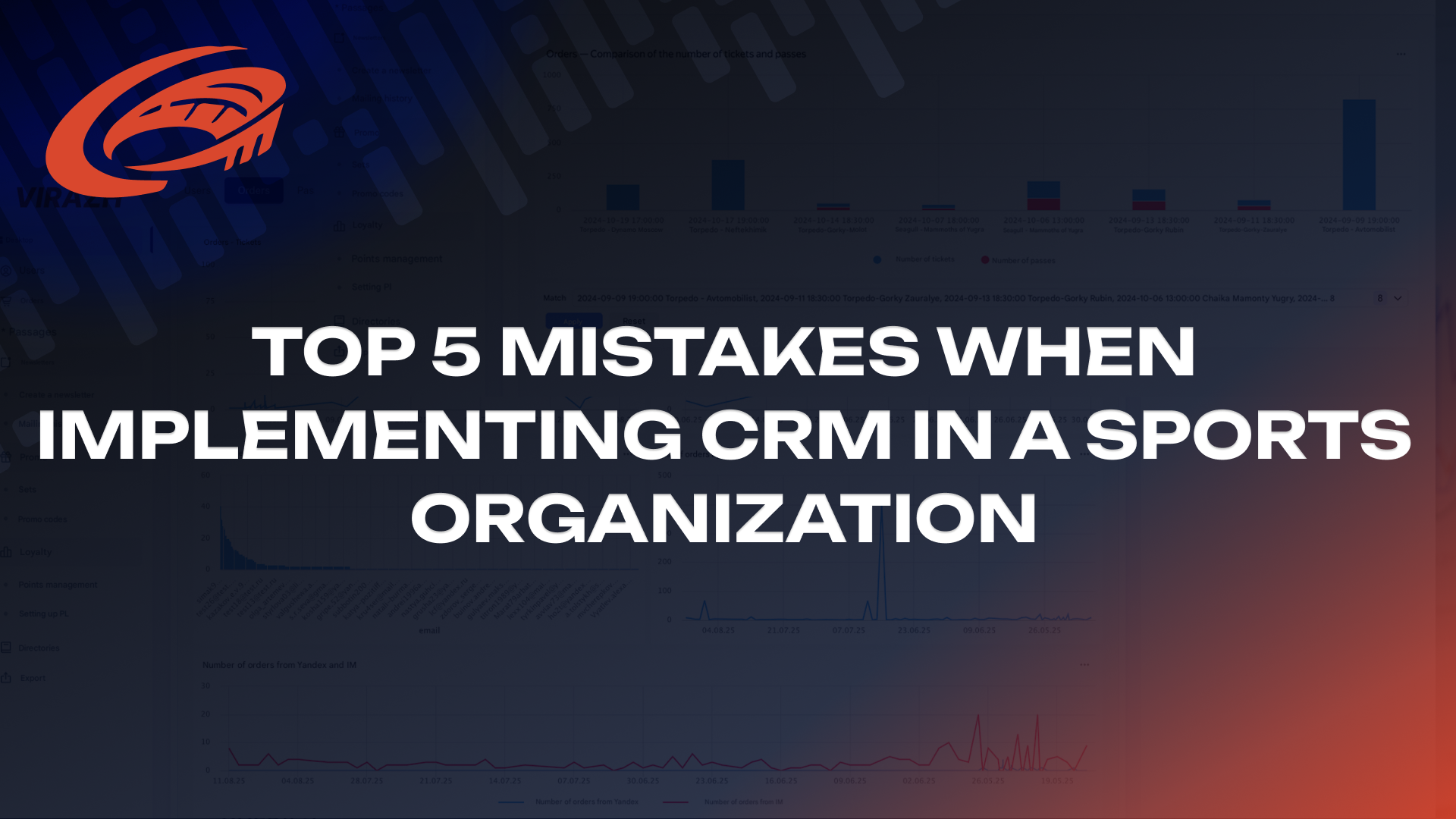
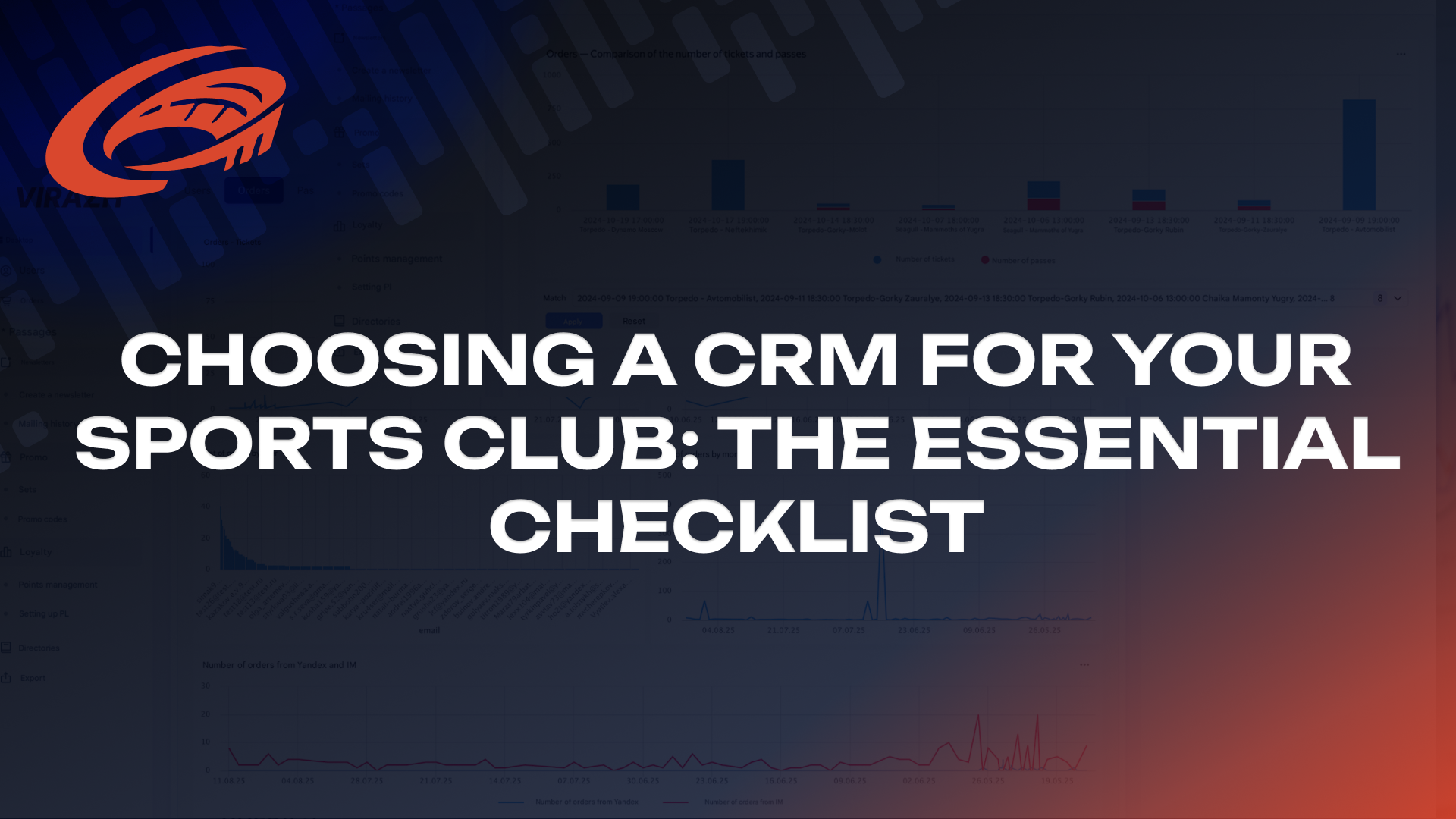
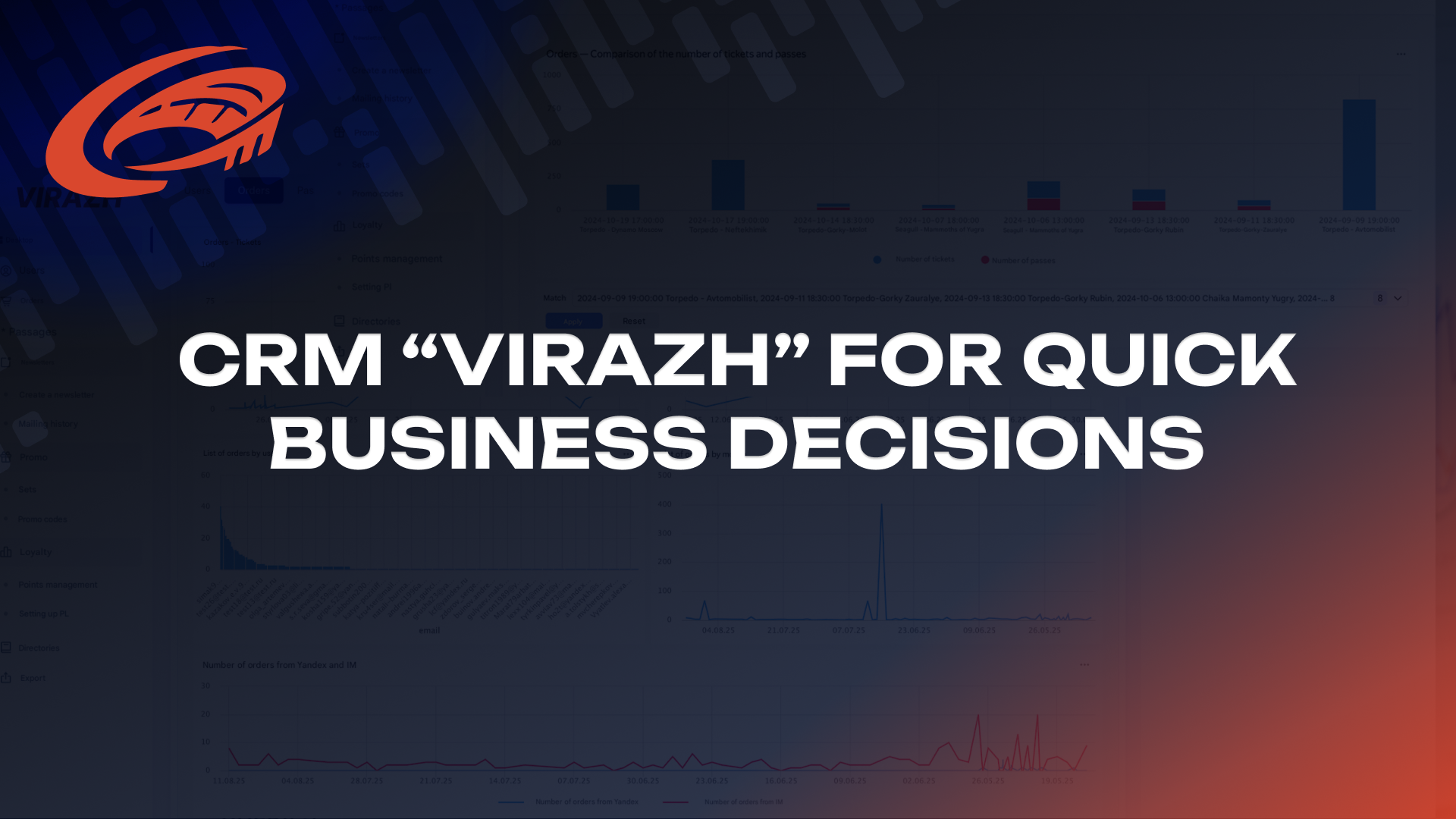





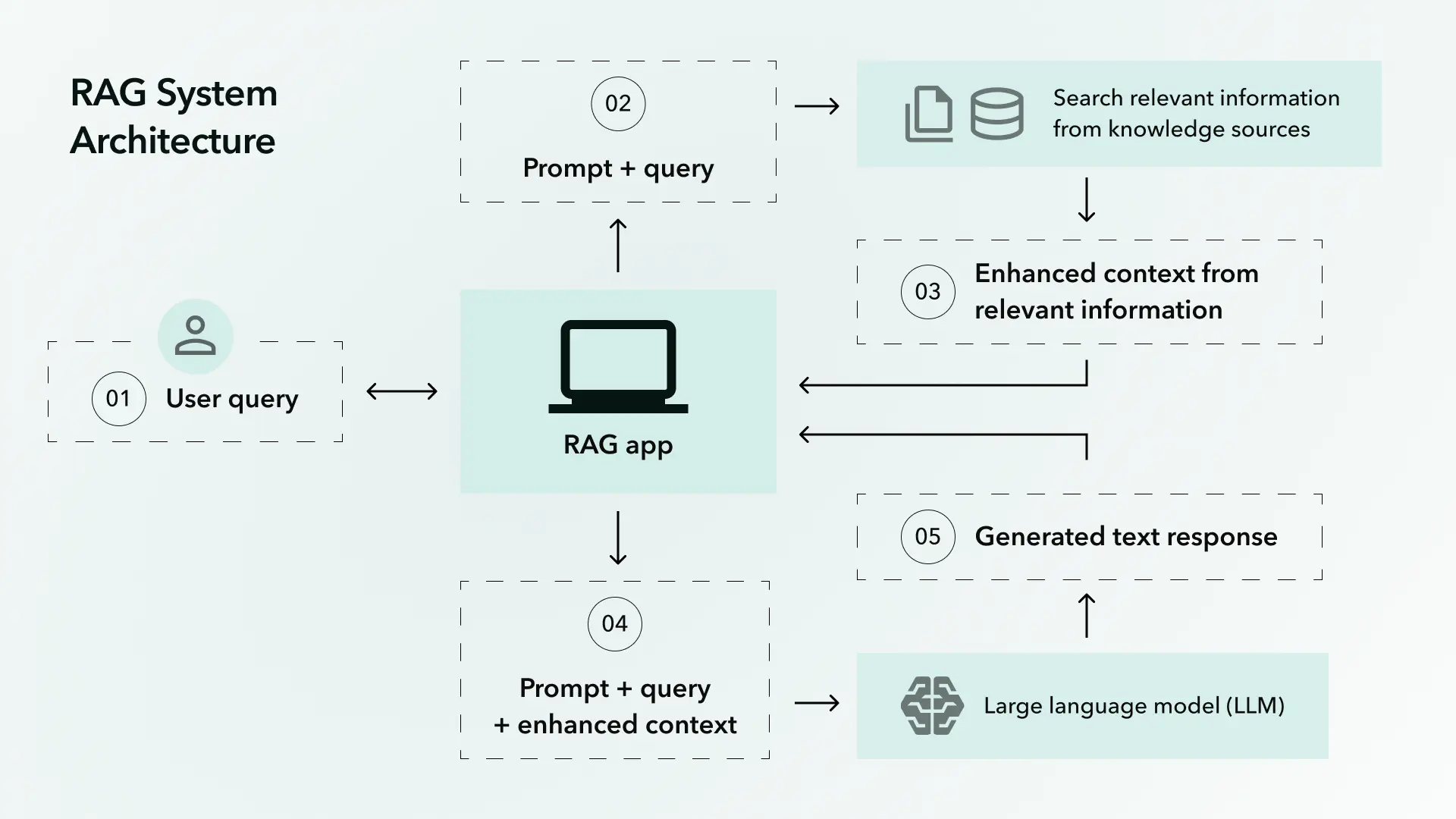










![Custom Software Development Rates by Country [2024]](/assets/images/expertise/it_service/generative-ai-services-hero-banner.webp)





